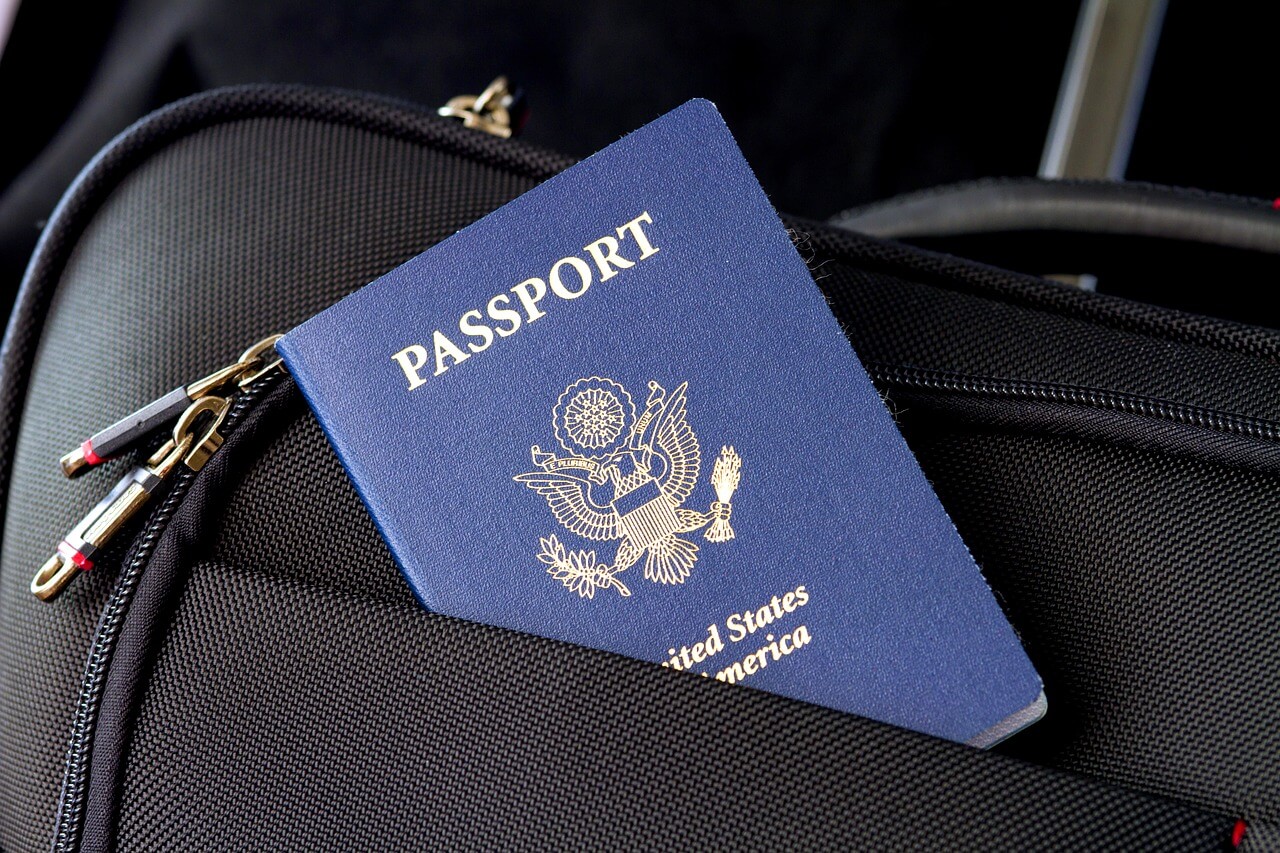The US remains one of the world’s most popular destinations for international students due to the wide variety of degrees and study options. While studying abroad, students have the chance to expand their global network, experience new cultures, and gain a global perspective.
However, venturing into something new can be confusing, especially if you’re in a foreign country. You’ll need to consider the cost of living in the US and how you’re going to pay for those expenses. This way, you’ll know what budget you’ll need and get prepared.
It should be noted that the cost of living in the United States for international students, varies greatly depending on the specific state you choose to study in and your lifestyle.
Living Expenses in the United States

While creating your budget, keep in mind that student visas do not grant the right to employment during your studies unless you’re on an F-1 visa and have been studying for more than one academic year. Only then can you apply for Curricular Practical Training (CPT) or Optional Practical Training (OPT).
Therefore, students should expect to fund their studies through scholarships and savings. These are key estimates about student living and accommodation costs, and everything else.
Student housing
It is common for students to live in student housing, as it is usually the most convenient and affordable option. It is expected that students find their own accommodation after the first year, although this rule doesn’t always apply to international students.
Some universities that do not offer student housing may have relationships with private apartments in the area. Bay Atlantic University’s affiliated dormitory, Island Condos, is located in a very vibrant and upcoming district in the Washington, D.C. area.
When it comes to renting in the United States, usually, it is not regulated, which means that owners and rental firms can set their own prices. Renting outside campus might be less expensive than living on campus, which can cost approximately 450 USD/month for shared rooms.
However, you should consider the distance to the university and the fact that you might need to commute daily. The average apartment rent cost starts at $500 per month and goes up to $3,500 (for a one-bedroom rental), depending on the apartment.
Food costs
Food costs depend on food preference regarding meal plans, personal grocery shopping, or eating out. For one person, groceries typically amount to 300–600 USD per month. Supermarkets such as Walmart, Target, Costco, Trader Joe’s are affordable options, where most choose to do their shopping. These are some estimates on the cost of food (cost per (1) item):
- Meal – $14
- Chicken Fillets – $9.07
- Coffee – $3
- Beer – $4
Other Essential costs
Apart from food and rent expenses, there are utilities that come with living in an apartment and other additional necessary costs that students need to consider. Here are some of the most common for different utilities:
| Utilities | Cost |
| Electricity | 50—100 USD/month, depending on the size of your apartment, and if your heating is electric |
| Heating | 50—100 USD/month |
| Internet | 45—50 USD/month |
| Phone subscription | 50 USD/month |
| Books and other study materials | 400—1,000 USD/academic year |
| Health insurance | 700—1,100 USD |
| Petrol | around $2.30 per gallon (4.5 liters) |
Medical insurances are compulsory for international students even before they start their education in U.S. universities. Nowadays, various insurance options are available for students at reasonable rates.
✅ Request information on BAU's programs TODAY!
Transportation
Each state in America has its own public transport system with a separate set of fees and services. An average monthly cost for a public transportation pass is between 45 and 100 dollars (some universities may have discounts for students, but not all of them). At BAU, students can take advantage of the University Pass program (U-Pass), which provides them with unlimited rides on the Metro and Metro buses for a flat rate of $1 per day. The biggest transportation expense will probably be your airplane ticket.
Factoring in holiday trips to tourist destinations and weekend getaways in the US., depending on your location and the destination, you can spend as much as 500 USD per trip.
Recreational expenses
Students can often get discounts at museums, restaurants, and shops. Prices for a night out depend on which state you’re in and the activity, but the average person in the U.S. spends an average of $81 a night. This estimation includes drinks, transport, entrance ticket, and snacks. Travel costs within the US will be from $300 to $700.
While deciding upon different aspects that affect your budget, keep a note of emergency expenditure. Keeping a record of these estimated costs, students will know their capacity to spend, as well as what and how they should save.










